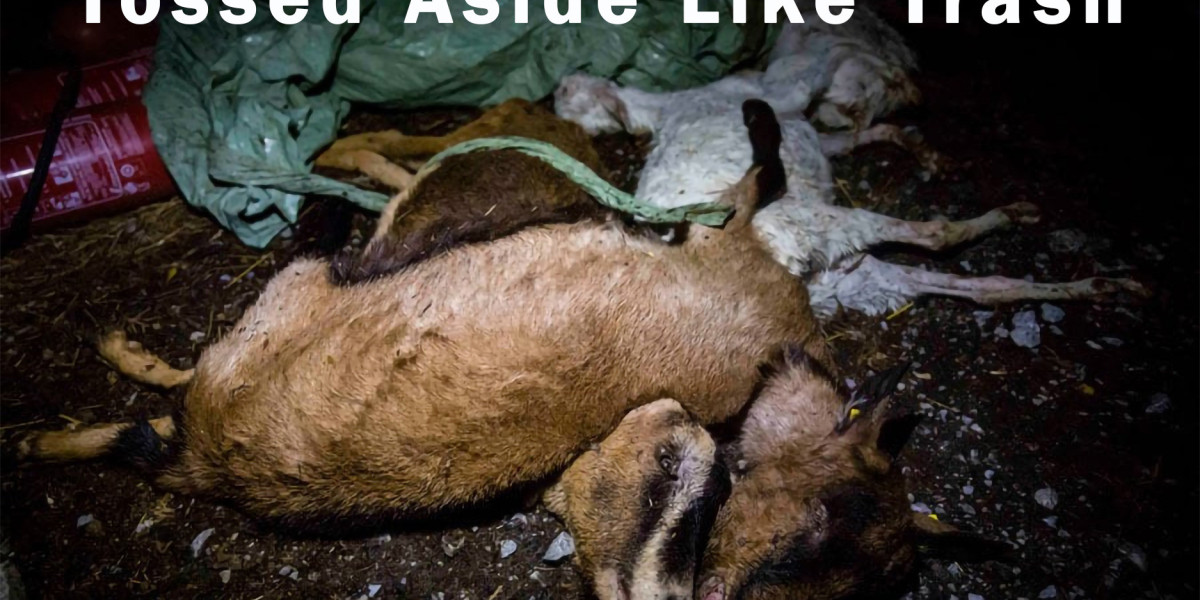Gestation crate abuse is a significant animal welfare issue in the pig farming industry. Gestation crates, also known as sow stalls, are metal enclosures used to confine pregnant sows. These crates are so small that the sows cannot turn around or move freely, leading to severe physical and psychological distress. The widespread use of these crates highlights the cruelty involved in intensive pig farming and the urgent need for reform.
Gestation crate abuse begins with the extreme confinement of pregnant sows. These crates typically measure around 2 feet wide and 7 feet long, just enough space for the sow to lie down and stand up but not to turn around. This lack of movement leads to various health problems, including muscle atrophy, joint damage, and pressure sores from lying on hard surfaces. The inability to engage in natural behaviors, such as nesting and foraging, adds to the physical toll on the animals.
The psychological impact of gestation crate abuse is equally troubling. Pigs are intelligent, social animals that thrive in environments where they can interact with others and explore their surroundings. The isolation and restriction imposed by gestation crates lead to severe stress, frustration, and behavioral issues. Sows often exhibit repetitive behaviors, such as bar biting and head swaying, which are indicators of mental distress. The constant confinement also prevents them from forming social bonds and engaging in maternal behaviors, further exacerbating their suffering.
Gestation crate abuse is not only an ethical concern but also raises questions about the sustainability and safety of pork production. The stress and physical ailments caused by the crates can weaken the immune systems of sows, making them more susceptible to diseases. This increased disease risk often leads to the overuse of antibiotics, contributing to the global issue of antibiotic resistance. The cramped, unsanitary conditions of gestation crates also create an environment where diseases can spread rapidly, posing risks to both animal and human health.
Public awareness and consumer demand for ethically produced food have led to some changes in the industry. Several countries and states have banned or restricted the use of gestation crates, and some companies have committed to phasing them out in favor of more humane alternatives. Group housing systems, where sows are kept in larger pens with other pigs, allow for more natural behaviors and social interactions. These systems provide better welfare for the sows and can still be economically viable for farmers.
Despite these positive steps, gestation crate abuse remains prevalent in many parts of the world. The transition to more humane practices is often slow and met with resistance due to the costs involved in changing infrastructure and management systems. However, continued consumer pressure and legislative action are crucial to driving further change. By supporting brands and producers that prioritize animal welfare and advocating for stronger regulations, consumers can help put an end to the cruelty of gestation crates.
In conclusion, gestation crate abuse represents a significant animal welfare issue that affects millions of sows worldwide. The extreme confinement and lack of movement lead to severe physical and psychological suffering. Addressing this issue requires a combination of consumer action, legislative change, and industry reform. By raising awareness and demanding higher welfare standards, we can work towards a future where gestation crate abuse is a thing of the past, ensuring a more humane and sustainable approach to pig farming.
